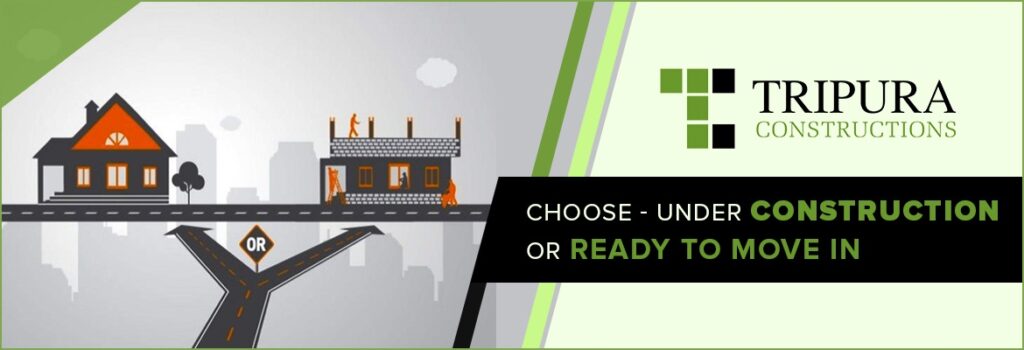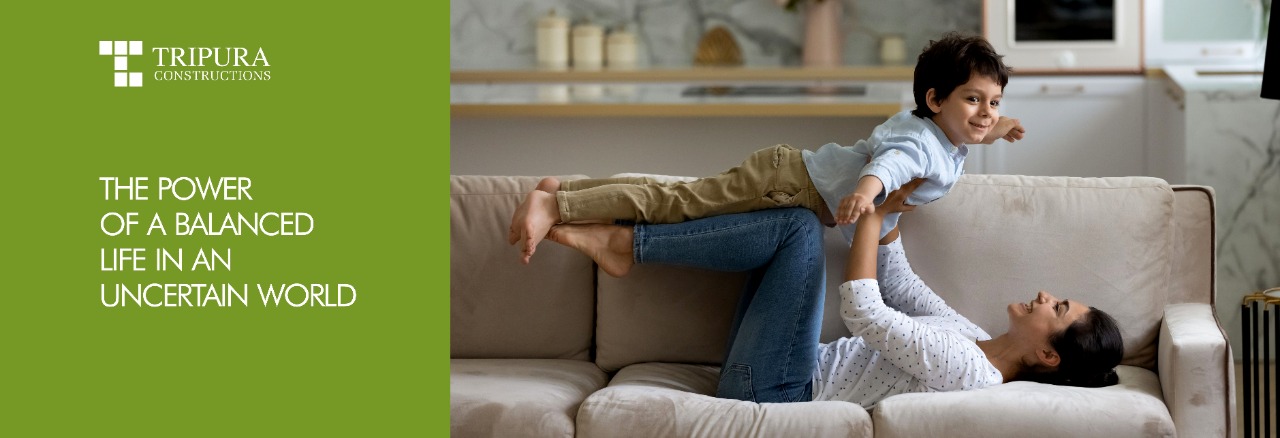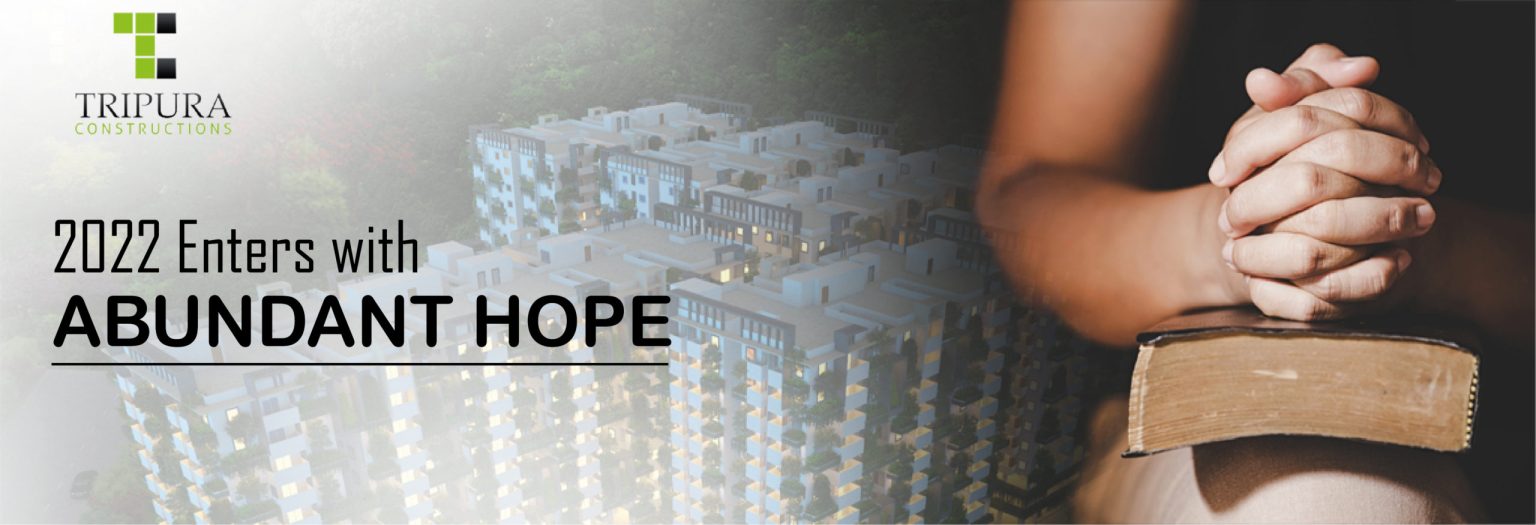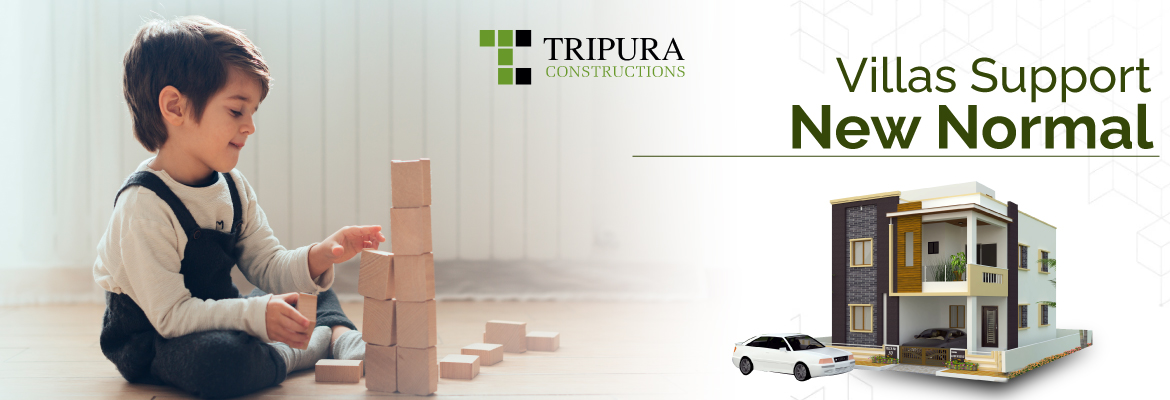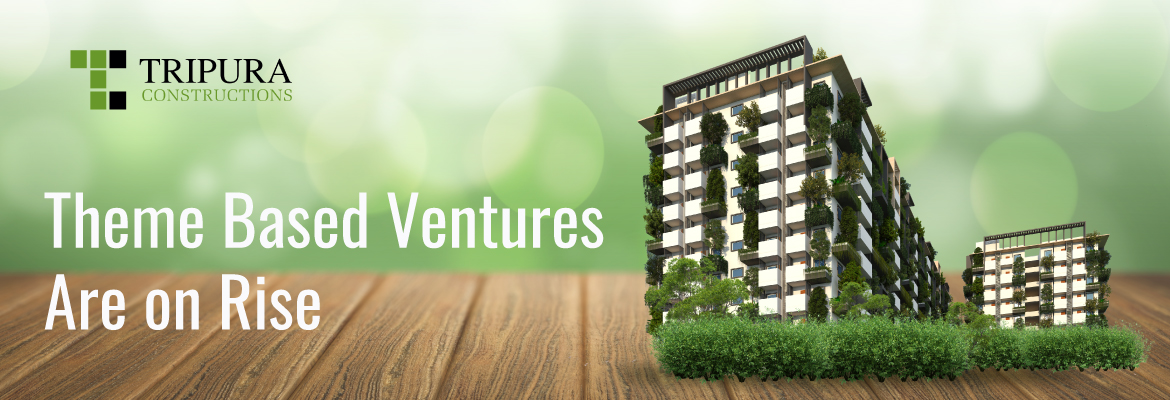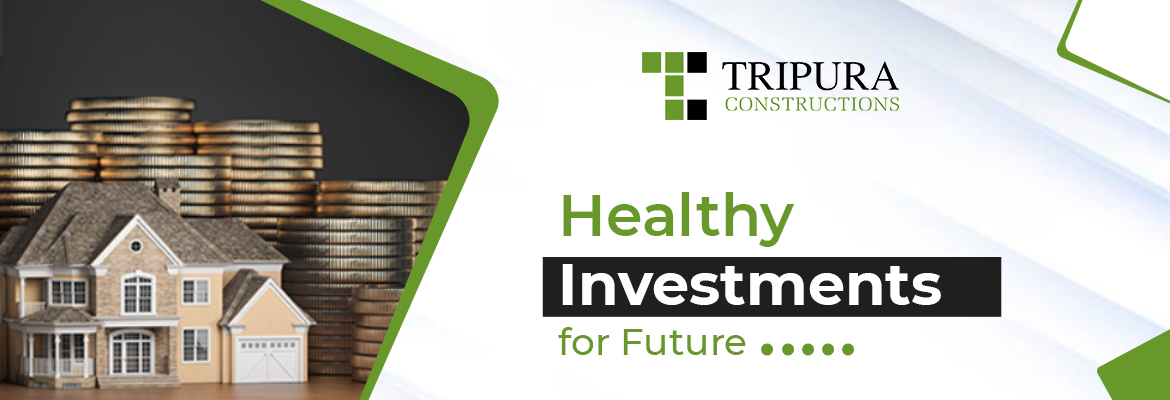Dream of owning a house – should of course be fulfilled. Buying one’s own house is really an achievement, but this feat requires a lot of technical knowledge as well as physical, mental and financial strength.
TABLE OF CONTENT
1.Available Choice
2.Under-Construction Properties
2.1. Pros
2.2. Cons
3.Ready-to-move-in
3.1. Pros
3.2. Cons
4.Individual Choice
1. Available Choice
Home buyers can opt for under-construction or ready-to-move-in properties depending on their choice or budget. Under-construction as the name suggests are those structures or projects that are not complete and the construction is still going on. Ready-to-move-in are the ones which are completely ready for possession. Both have their own advantages and disadvantages and one can decide what to purchase after having a look at the pros and cons of both types of constructions.
2. Under-Construction Properties
This refers to the properties that are not yet completed but in the process of construction. Here are a few pros and cons of the same.
2.1) Pros
- Less Costs & More Options: The cost of a property is a key factor. An under-construction property is likely to cost less than ready-to-move-in property. Usually the prices of under-construction properties are comparatively lesser than ready-to-move-in properties. Prices rise as the construction progresses but a healthy appreciation on the capital investment can be earned. There are a number of options to choose from – like, unit size, floor rise, direction of apartment etc. An under-construction property does not cost much to the buyer and is lighter on the pocket.
- RERA Observance : As all the properties are registered with RERA, there won’t be any chance of foul play with the home buyers. They can get all the details of the project from the site of RERA and then go for the under –construction properties. They are always protected by RERA. This registration gives you various benefits like no project delays, speedy redressal of grievances and builder’s compliance with fair trade practices. A builder has to offer the same as what he has uploaded on the site of RERA.
- Enjoy Tax Reduction : Tax rates for under-construction properties are reduced from 12% to 5% for residential properties and 8% to 1% for affordable housing without the Input Tax Credit. Under construction properties are considered to be excellent investment options as there is a longer window of time between paying for the property and selling it.
- Alterations Supported : All those changes that don’t alter the basic construction of the building are entertained in under-construction properties.
- Handsome Returns : An under-construction property usually gives good returns. One can sell the property closer to the possession and earn a healthy appreciation on capital investment as there will be a long window period between the buying stage and delivery timeline.
2.2) Cons
- Delays Possible : Delays in possession are possible due to various reasons like land disputes, lack of funds, partial permissions from authorities, bankruptcy of builders, new regulatory policies etc. There may be excessive delays which can result in huge financial losses. To avoid this loss, one should buy with a trusted builder who has years of industry experience and a history of customer satisfaction. With RERA being active, developers have to deliver on time otherwise they will be liable to pay the compensation.
- Divergent Final Product : There may be some discrepancies. The final product may differ a lot from the sample flat. Amenities and specifications should always be monitored to avoid such disparities
- GST : There will be a heavy blow of taxes such as stamp duty and registration charges. One has to pay 12% of the total cost of property as GST if one purchases an under-construction property without a Completion Certificate.
- Lacks Legal Procedures : After receiving the commencement certificate, a builder can start the project but he also needs various other permissions from relevant regulatory departments. If a builder fails in this procedure, the buyer will have to face the music.
- Vague Charges : Maintenance charges are not clear till the resident’s association is formed. These are recurring expenses and keep changing unless it is projected as a premium one.
3. Ready-to-move-in
Ready-to-move-in homes are also known as inventory homes which are already complete or nearing completion. One can have a first-hand look of the property before finalizing the purchase though one cannot check quality of construction, raw materials used or the strength of foundation. It is ready for immediate occupancy. Here are a few pros and cons with this type of property.
3.1) Pros
- Available for Possession : The key advantage of ready-to-move-in house is that it can be occupied immediately after one completes the payment and documentation of the unit. One does not have to undergo any waiting period. The main advantage is the absence of any waiting period. One gets the possession immediately after the completion of all the formalities related to payment and documentation.
- No Risk or Discrepancies : The promised layout will be reflected in the ready unit. There will not be any disparities in the layout or other prominent features. Ready-to-move-in properties are hassle free and do not have any risk of delays. You get what you have paid for. The house will be ready to inspect before you finalise to purchase. There is no possibility of any discrepancies in layout, features or amenities. More advantages are offered based on a financial point of view. One gets what one sees, without any surprises or changes.
- No GST Implication : These properties have been issued the completion certificate and hence are free from GST implication. 5% tax applied by GST for under construction units is not applicable here. One will also be exempted from paying GST.
- Legal Title : These units have a clear legal title and the buyer is assured of legal status.
- No Extra Costs : A complete clarity on total cost and maintenance charges is already provided. All the costs are made clear before the deal.
3.2) Cons
- Cost is More : Cost of ready-to-move-in will be higher as compared to under-construction ones though the other features may remain the same. Upfront payment includes down payment, registration charges, stamp duty and the rest will be in the form of EMIs.
- Quality of construction : One does not get a chance of checking the quality of construction as it is ready at the time of purchase.
- Cannot Modify: There is almost no scope of any modifications in the ready-to-move-in unit.
- Added Documents : A lot of legal work and documentation is required to get the ownership of a property.
4. Individual Choice
It is a debatable topic. Each has its pros and cons. It all depends on the buyer and his financial status. People have their own choices. Some prefer for ready-to-move-in projects. However, the under-construction projects are no lesser when quality is considered though they may be a bit less in cost. Under-construction properties have flexible pricing options although all the other factors like location, size, and amenities remain the same as ready-to-move-in. These properties are slightly less in cost. Unforeseen circumstances and new regulatory policies may affect the cost or delivery of the project. Ready-to-move-in properties have their own charm. Though they are a bit higher in cost, there may not be any discrepancies in features and one gets the possession immediately after completion of payment and documentation. There are no chances of delays.
After understanding the pros and cons of both the types of constructions, it becomes easy for a home buyer to take a decision on what is better for his deal. An under-construction home is cheaper than a ready-to-move-in one with the same features whereas you know what you buy in ready-to-move-in houses. So it depends on the requirement of a home buyer to take a call. One has to choose as per his requirement.

– Written By Pallavi Krishna

